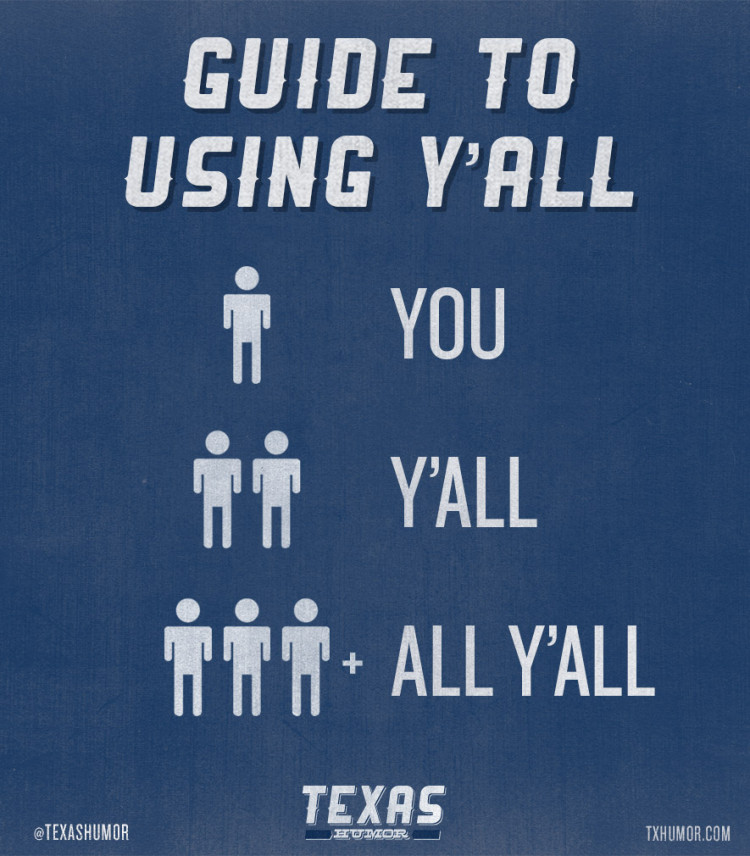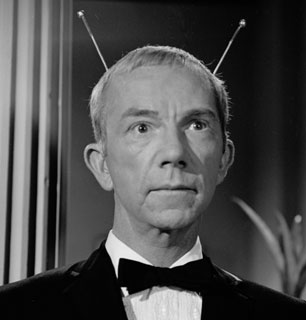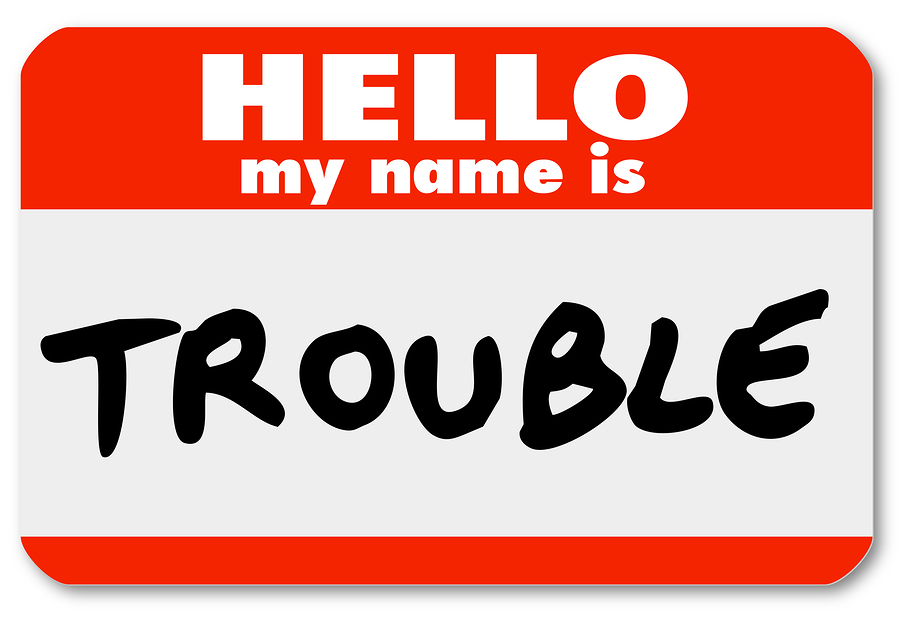Are you one of those fabulous writers who finishes your books well before deadline? Are there weeks, maybe even months, left before you’re supposed to turn in the novel? Or maybe you’re just talking a week or two. That’s still great. Celebrate!
Should you send your novel to the editor today?
No.
At least, there probably isn’t anything to be gained by turning in your novel early. Most publishers won’t pay authors promptly for an early turn-in. That’s because in most cases, they have to approve your work before they’ll release the paperwork for the check to be cut.
Editors have a schedule. They might be appreciative of the fact that you are conscientious and finish your work early. Turning it in well before expected might earn you some brownie points. But that’s about it. Most editors I know already have their reading scheduled, and have their editors under them scheduled. Everyone is busy reading books that are in process now. The editor is unlikely to stop and read your book to give manuscript approval now to cut your check today. Sorry.
So since you won’t be paid early, why send your work right now when you can use your time wisely? Here’s what I recommend:
- Let it mellow. Wait a few days or weeks. Forget the manuscript. Go do something else.
- A couple weeks before it’s due, come back to it.
- Read it aloud. Yes, that’s right. Read it aloud. I used to do this with my manuscripts. Sometimes I congratulated myself on my brilliance. (Ha!) At other times, I couldn’t believe how cheesy my characters sounded. I was able to eliminate a lot of cheese before the editor saw it. I recommend reading your manuscript aloud to yourself if at all possible before you send it to an editor.
That’s it! Now you have something to do with all that extra time. That, and go out to dinner to celebrate a job done well done, and early.
Your turn:
Do you read your manuscripts aloud? If so, how has this helped you?
How much time do you usually have between the time you finish a manuscript and the time you need to turn it in?











